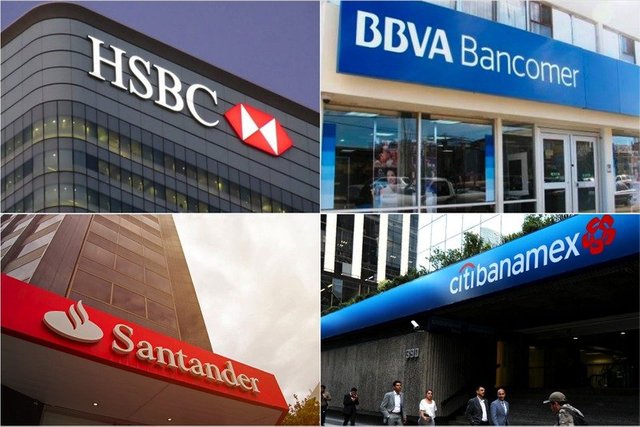
In 1970, when the Bank of Hawaii opened a branch on the island of Yap in Micronesia, it faced a problem: how to convince the people of Yap to deposit their money in the bank. "We held public meetings and started explaining basic knowledge," said Dominic B. Griffin III, a bank official. In rudimentary economies, anything can be money. We had to explain why a pig wasn't money, but that someone's signature on a piece of paper was.
That problem underscores a fundamental factor: The modern banking system rests on trust. It is founded on the trust that the public - both individuals and businesses - has in the banks they deal with and in the institutions that support them.
The island of Yap already had a bank - the "stone money bank". For a long time the inhabitants of this island had been using huge wheel-shaped stones as money. They are so big that you don't need a safe to deposit and protect them. Instead, they put them up against the walls and the trees along a road outside of Colonia. The stones are extracted from quarries on the islands of Belau, located southwest of Yap, and their value is determined by how difficult it was to obtain and transport them in small boats to Yap. Stone money is never moved from one place to another. Every inhabitant knows every stone and its history well. Property (not stone) passes from family to family as land or goods are purchased.
Therefore, the island of Yap had to be literally taken out of the "stone age" and introduced to the age of the modern electronic banking system, to the world of checking and savings accounts, currency exchange, savings bonds and telegraphic remittances. People had to learn to know the value of printed pieces of paper and to trust the banks that would be handling money without it being seen.
That is the situation that exists today all over the world. In reality, no one asks a bank to show them their money.
In fact, most transactions are done electronically or by check. The public has faith that banks, when asked or when time deposits are due, can present the promised funds in cash. Despite this, banks only keep in their safes the money needed to support the monetary amounts that depositors routinely withdraw per day. They know from experience how much cash they need for a given day or season, so where is the rest of the money?
Banks are businesses. Their purposes, like those of other businesses, are lucrative. But unlike most other products, theirs is money. In essence, they borrow from one source to borrow from another. By borrowing at a higher interest rate than they borrow, they acquire profits for themselves, their shareholders, their depositors, and also to cover the costs of operating the business. But banks also create money. How do they do it?
In his book When Your Bank Fails, Dennis Turner explains: "The Federal Reserve System requires that banks keep only a small percentage of their deposits on hand. Although these reserve requirements vary depending on the size of the bank and the type of deposits it currently has [1983], on average they hold 8 percent. If a depositor credits his account with $100, the bank can borrow $92 of it. The borrower of this amount, whether he spends it or deposits it at another bank, will create a new deposit of $92. So this chain process continues, so that with the requirement that 8% of deposits be kept in the reserve funds, a $100 credit can create new money totaling $1,200.
Banks generally lend the maximum allowed. But if a rumor spreads that a particular bank is in trouble, its depositors may lose confidence in the bank and demand its funds. Then, unable to pay all its depositors on demand, the bank could go bankrupt ... unless the government redeems it or it joins another, stronger bank. Even banks in good financial shape have failed because of this.